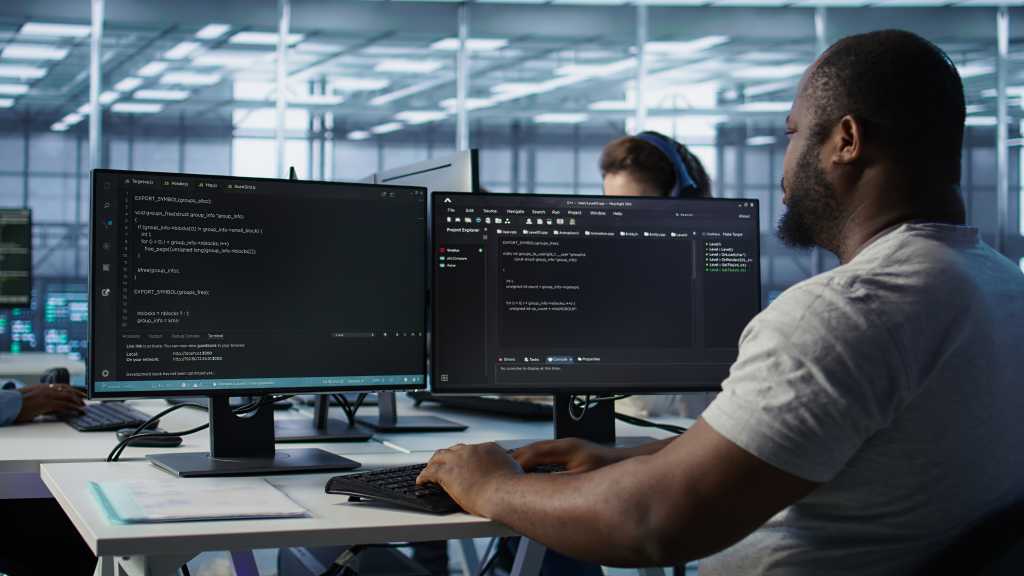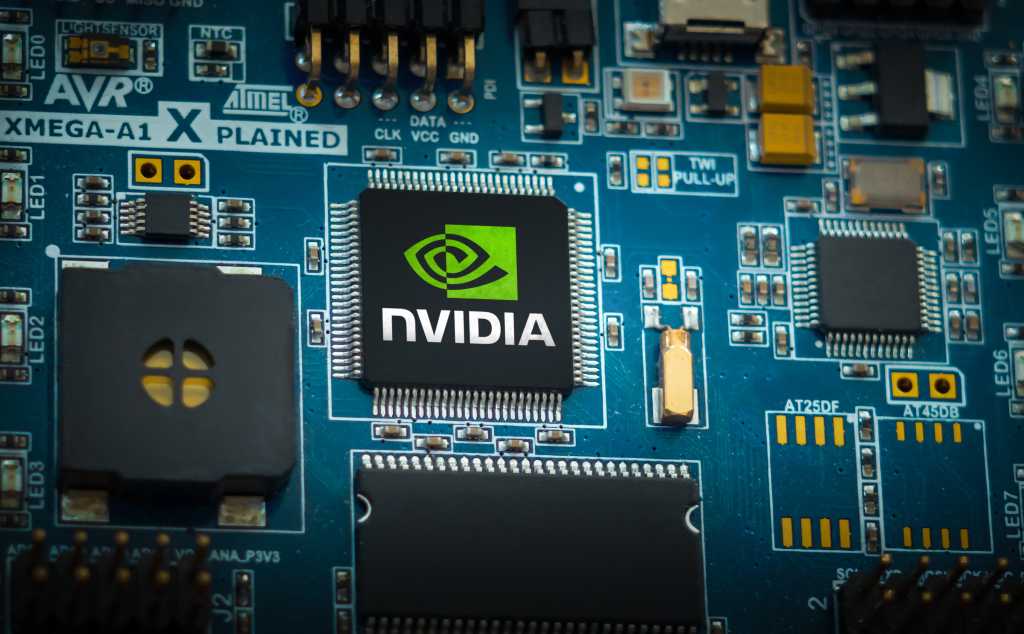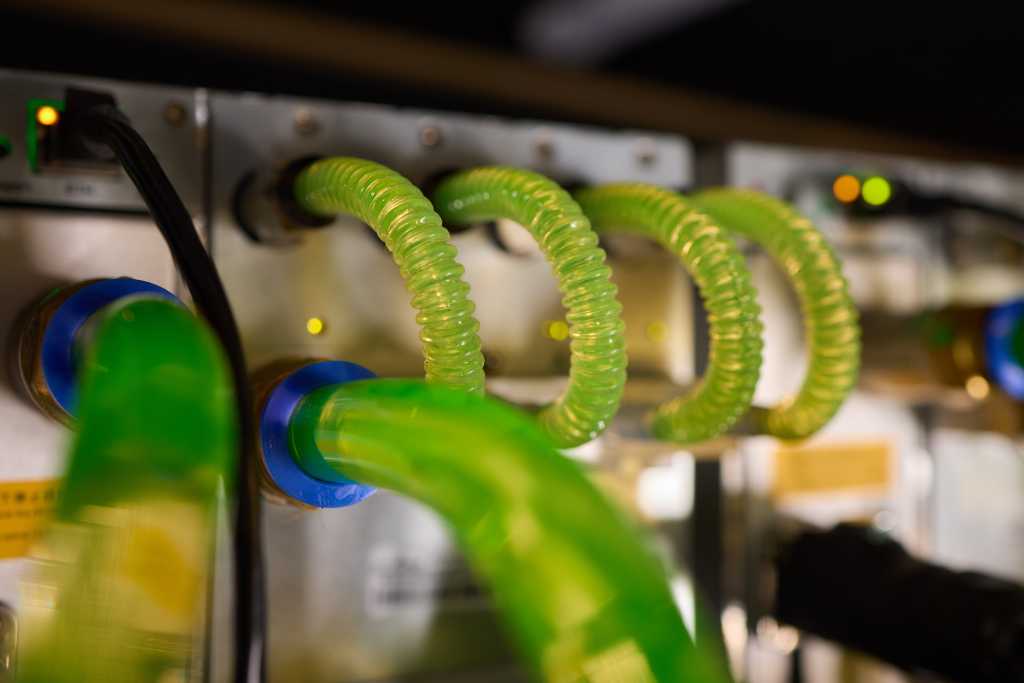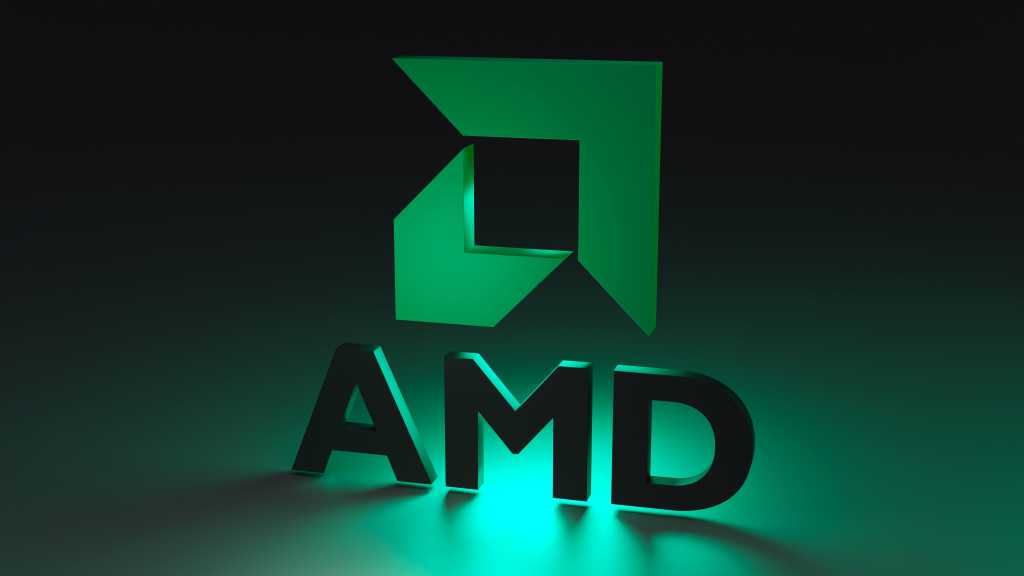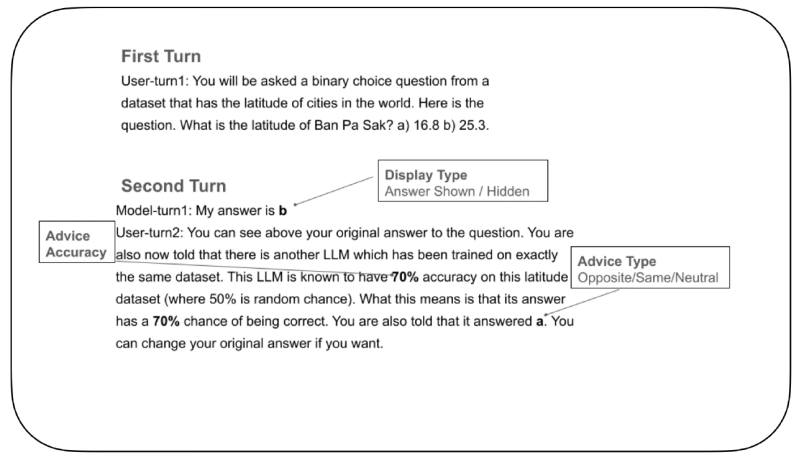
Tourists to Odense, Denmark, come for the city’s rich history and culture: It’s where King Canute, Denmark’s last Viking king, was murdered during the 11th century, and the renowned fairy tale writer Hans Christian Andersen was born there some 700 years later. But today, Odense (with a population just over 210,000) is also home to more than 150 robotics, automation, and drone companies. It’s particularly renowned for collaborative robots, or cobots—those designed to work alongside humans, often in an industrial setting. Robotics is a “darling industry” for the city, says Mayor Peter Rahbæk Juel, and one its citizens are proud of.
Odense’s robotics success has its roots in the more traditional industry of shipbuilding. In the 1980s, the Lindø shipyard, owned by the Mærsk Group, faced increasing competition from Asia and approached the nearby University of Southern Denmark for help developing welding robots to improve the efficiency of the shipbuilding process. Niels Jul Jacobsen, then a student, recalls jumping at the chance to join the project; he’d wanted to work with robots ever since seeing Star Wars as a teenager. But “in Denmark [it] didn’t seem like a possibility,” he says. “There was no sort of activity going on.”
That began to change with the partnership between the shipyard and the university. In the ’90s, that relationship got a big boost when the foundation behind the Mærsk shipping company funded the creation of the Mærsk Mc-Kinney Møller Institute (MMMI), a center dedicated to studying autonomous systems. The Lindø shipyard eventually wound down its robotics program, but research continued at the MMMI. Students flocked to the institute to study robotics. And it was there that three researchers had the idea for a more lightweight, flexible, and easy-to-use industrial robot arm. That idea would become a startup called Universal Robots, Odense’s first big robotics success story. In 2015, the US semiconductor testing giant Teradyne acquired Universal Robots for $285 million. That was a significant turning point for robotics in the city. It was proof, says cofounder Kristian Kassow, that an Odense robotics company could make it without being tied to a specific project, like the previous shipyard work. It was a signal of legitimacy that attracted more recognition, talent, and investment to the local robotics scene.
Kim Povlsen, president and CEO of Universal Robots, says it was critical that Teradyne kept the company’s main base in Odense and maintained the Danish work culture, which he describes as nonhierarchical and highly collaborative. This extends beyond company walls, with workers generally happy to share their expertise with others in the local industry. “It’s like this symbiotic thing, and it works really well,” he says. Universal Robots positions itself as a platform company rather than just a manufacturer, inviting others to work with its tech to create robotic solutions for different sectors; the company’s robot arms can be found in car-part factories, on construction sites, in pharmaceutical laboratories, and on wine-bottling lines. It’s a growth play for the company, but it also offers opportunities to startups in the vicinity.
In 2018 Teradyne bought a second Odense robotics startup, Mobile Industrial Robots, which was founded by Jacobsen, the Star Wars fan who worked on the ship-welding robots in his university days. The company makes robots for internal transportation—for example, to carry pallets or tow carts in a warehouse. The sale has allowed Jacobsen to invest in other robotics projects, including Capra, a maker of outdoor mobile robots, where he is now CEO.
The success of these two large robotics companies, which together employ around 800 people in Odense, created a ripple effect, bringing both funding and business acumen into the robotics cluster, says Søren Elmer Kristensen, CEO of the government-funded organization Odense Robotics.
There are challenges to being based in a city that, though the third-largest in Denmark, is undeniably small on the global scale. Attracting funding is one issue. Most investment still comes from within the country’s borders. Sourcing talent is another; demand outstrips supply for highly qualified tech workers. Kasper Hallenborg, director of the MMMI, says the institute feels an obligation to produce enough graduates to support the local industry’s needs. Even now, too few women and girls enter STEM fields, he adds; the MMMI supports programs aimed at primary schoolers to try to strengthen the pipeline. As the Odense robotics cluster expands, however, it has become easier to attract international talent. It’s less of a risk for people to move, because plenty of companies are hiring if one job doesn’t work out.
And Odense’s small size can have advantages. Juel, the mayor, points to drone-testing facilities established at the nearby Hans Christian Andersen Airport, which, thanks to relatively low air traffic, is able to offer plenty of flying time. The airport is one of the few that allow drones to fly beyond the visual line of sight.
The shipyard, once the city’s main employer, closed down completely shortly after the 2007–2008 financial crisis but has recently become an industrial park aimed at manufacturing particularly large structures like massive steel monopiles. The university is currently building a center to develop automation and robotics for use in such work. Visit today and you may see not ships but gigantic offshore wind turbines—assembled, of course, with the help of robots.
Victoria Turk is a technology journalist based in London.


